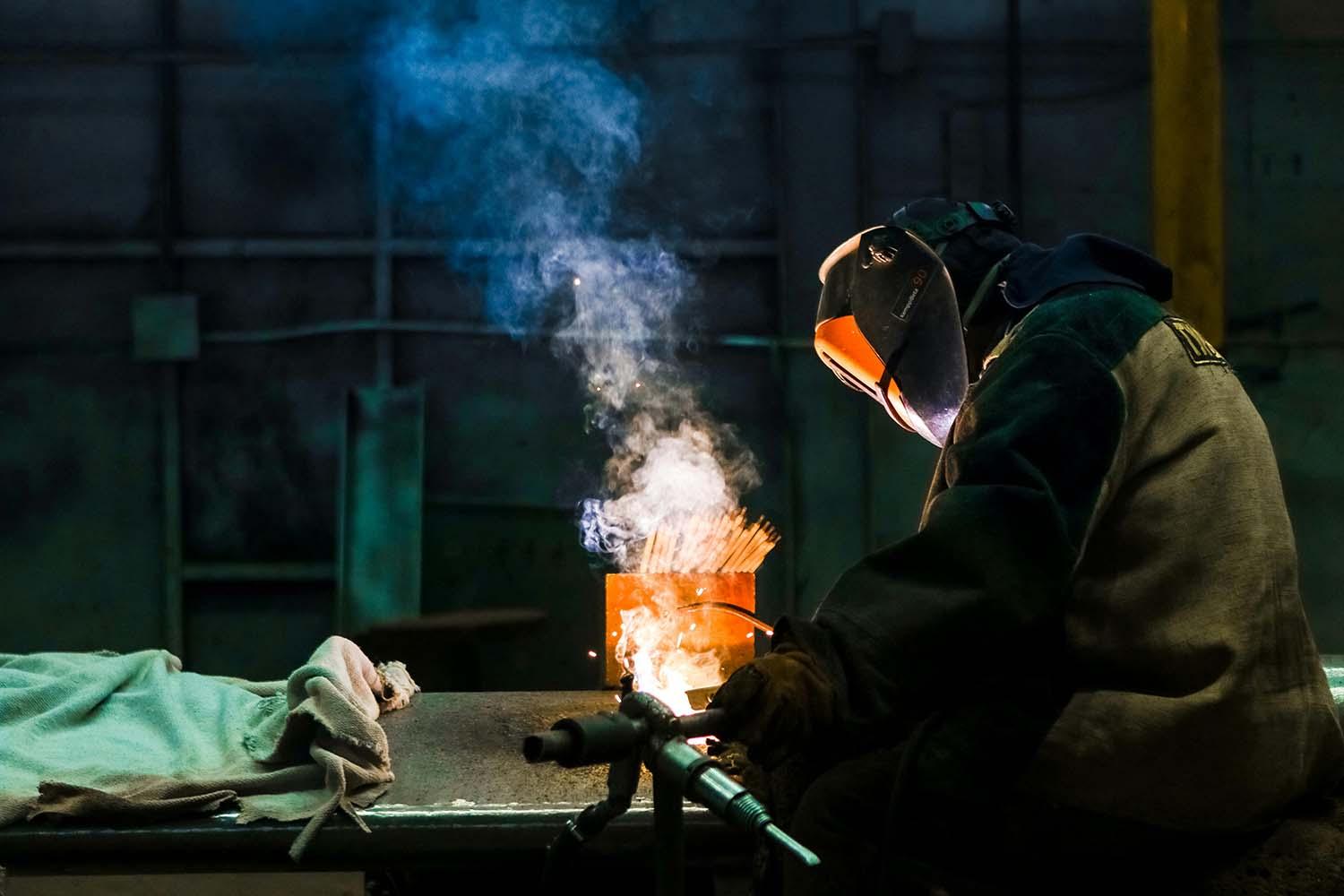When it comes to welding, strength is a crucial factor to consider. But how does laser welding stack up against MIG welding in terms of strength?
Understanding Laser Welding
Laser welding is a high-precision welding process that uses a focused laser beam to join materials. This process is known for its accuracy and speed, making it a popular choice in various industries.
Exploring MIG Welding
MIG welding, on the other hand, stands for Metal Inert Gas welding. It is a versatile welding process that uses a consumable wire electrode to join the materials together. MIG welding is known for its ease of use and ability to weld a wide range of materials.
Strength Comparison
When it comes to strength, both laser welding and MIG welding can produce strong welds. However, the strength of the weld ultimately depends on various factors such as the materials being welded, the welding parameters, and the skill of the welder.
Studies have shown that laser welding can produce welds with higher tensile strength compared to MIG welding in certain applications. The focused heat input of the laser beam results in a smaller heat-affected zone, leading to less distortion and higher strength in some cases.
On the other hand, MIG welding is known for its versatility and ability to weld thicker materials effectively. While MIG welding may not always produce welds with the same level of tensile strength as laser welding, it is a reliable and widely used welding process in many industries.
Conclusion
In conclusion, both laser welding and MIG welding are capable of producing strong welds. The choice between the two processes depends on various factors such as the specific application, material requirements, and budget constraints.
Ultimately, it is essential to consider the specific needs of the project and consult with a welding expert to determine the most suitable welding process for achieving the desired strength and quality in the weld.


